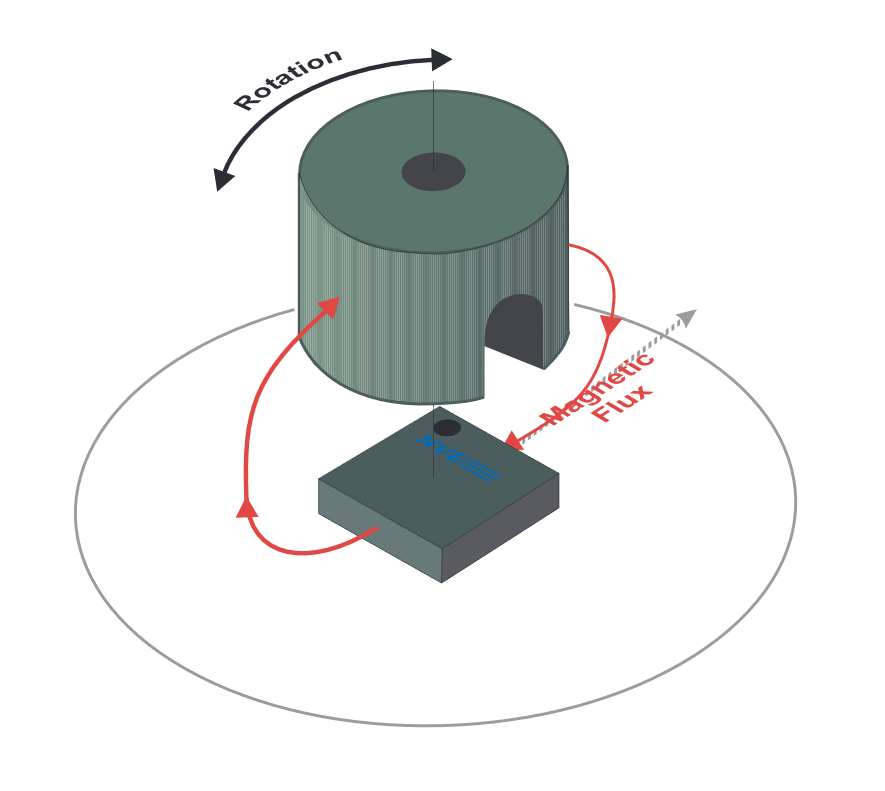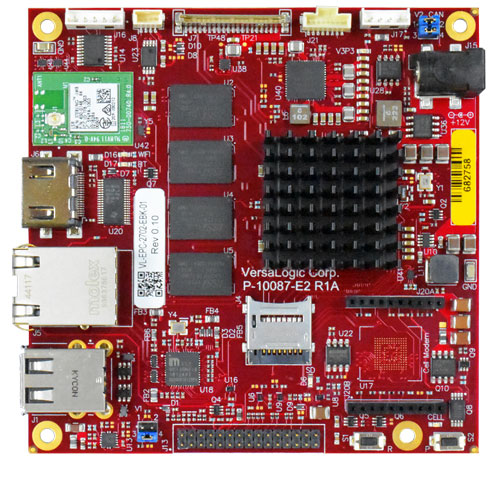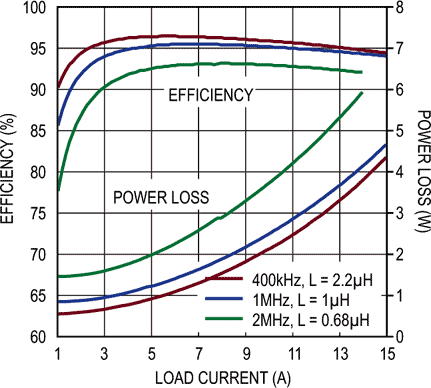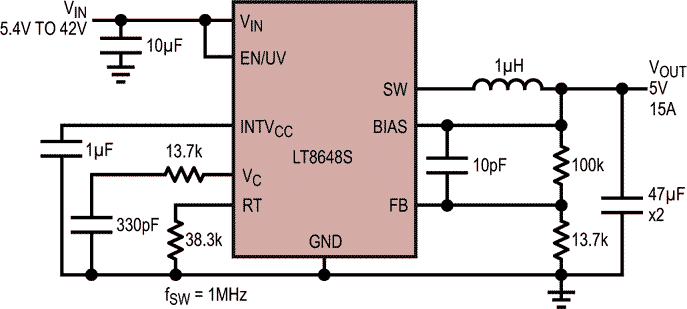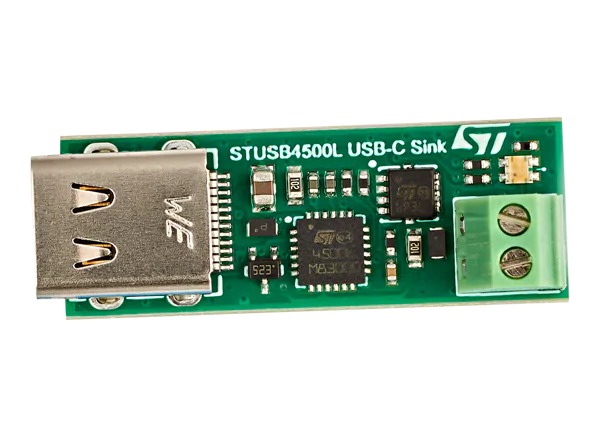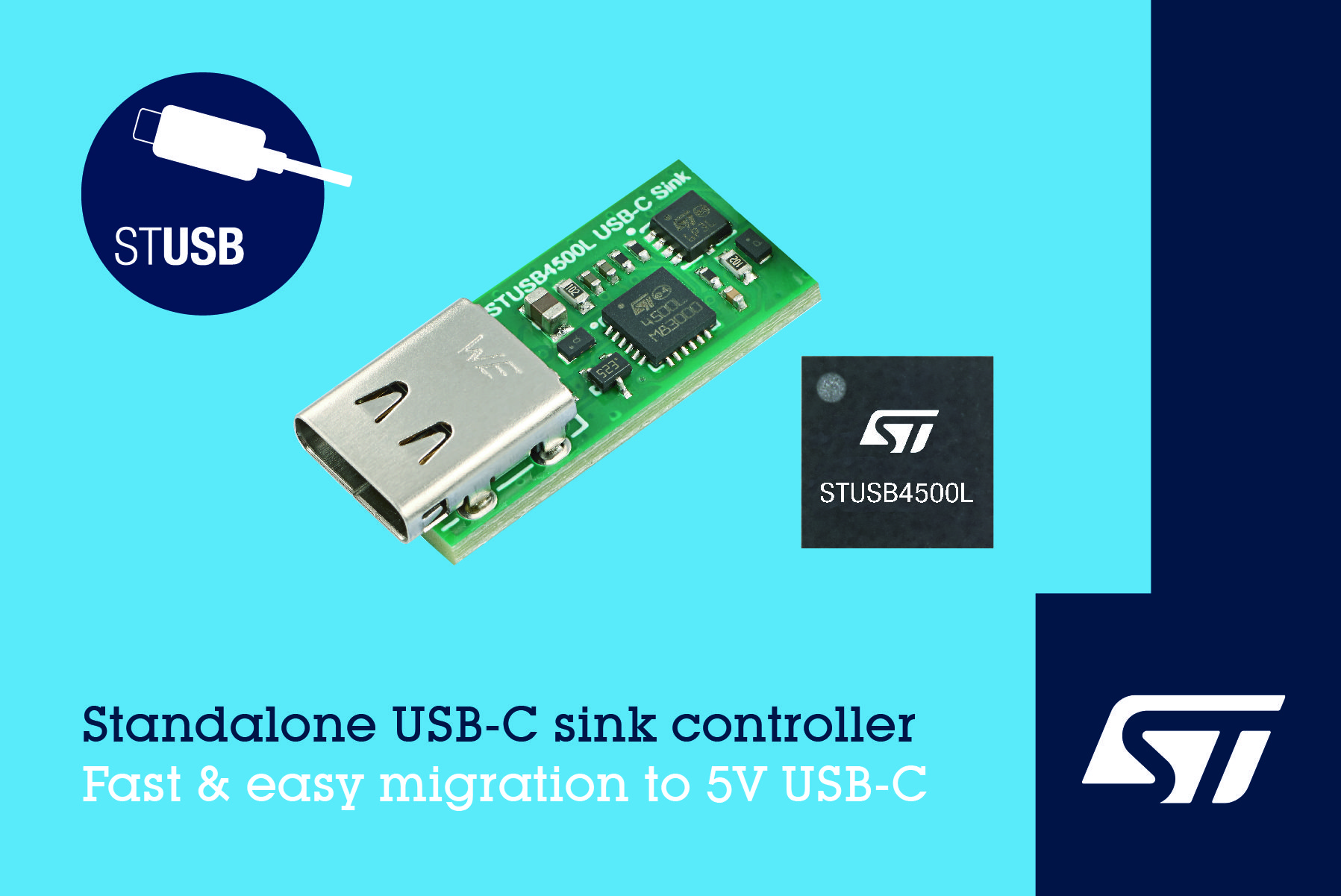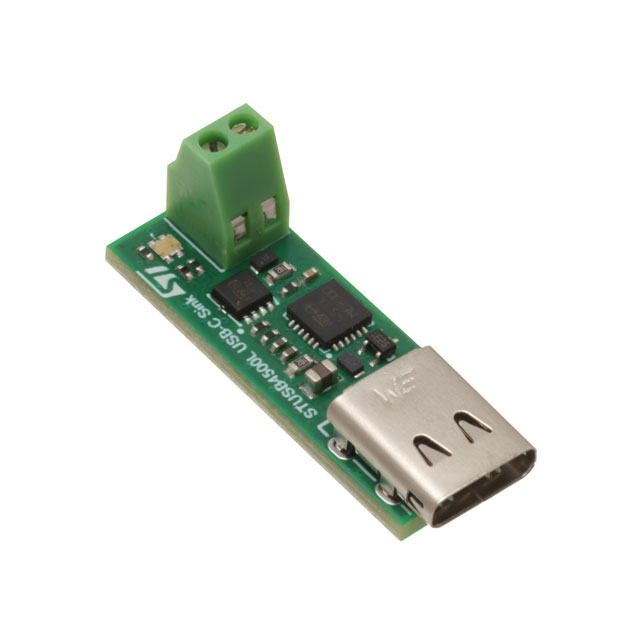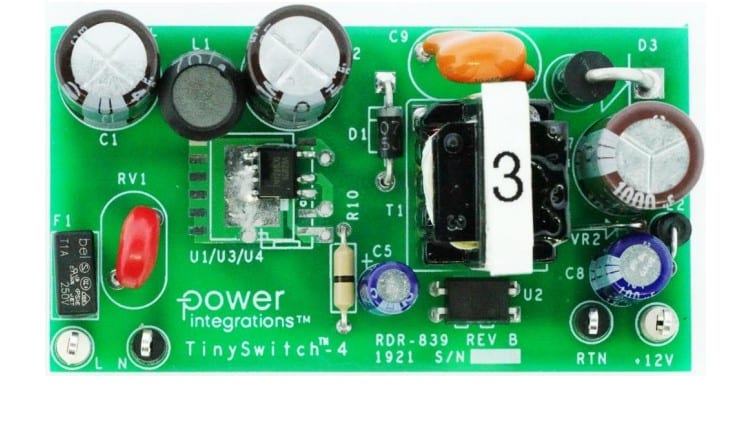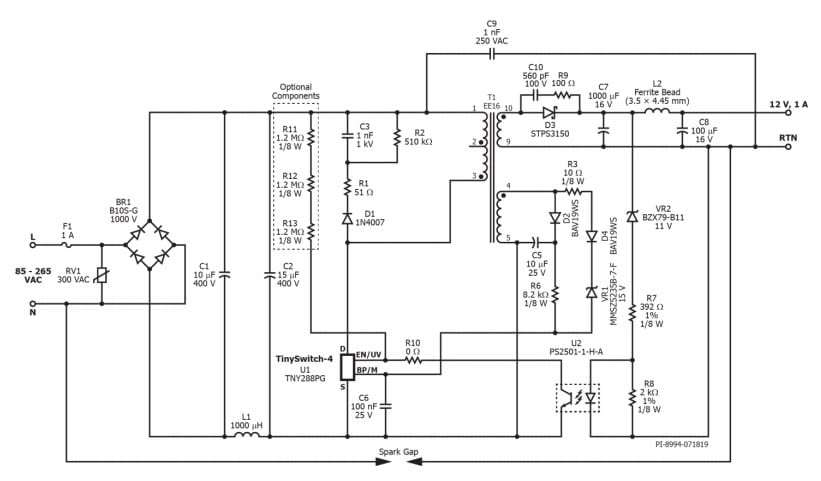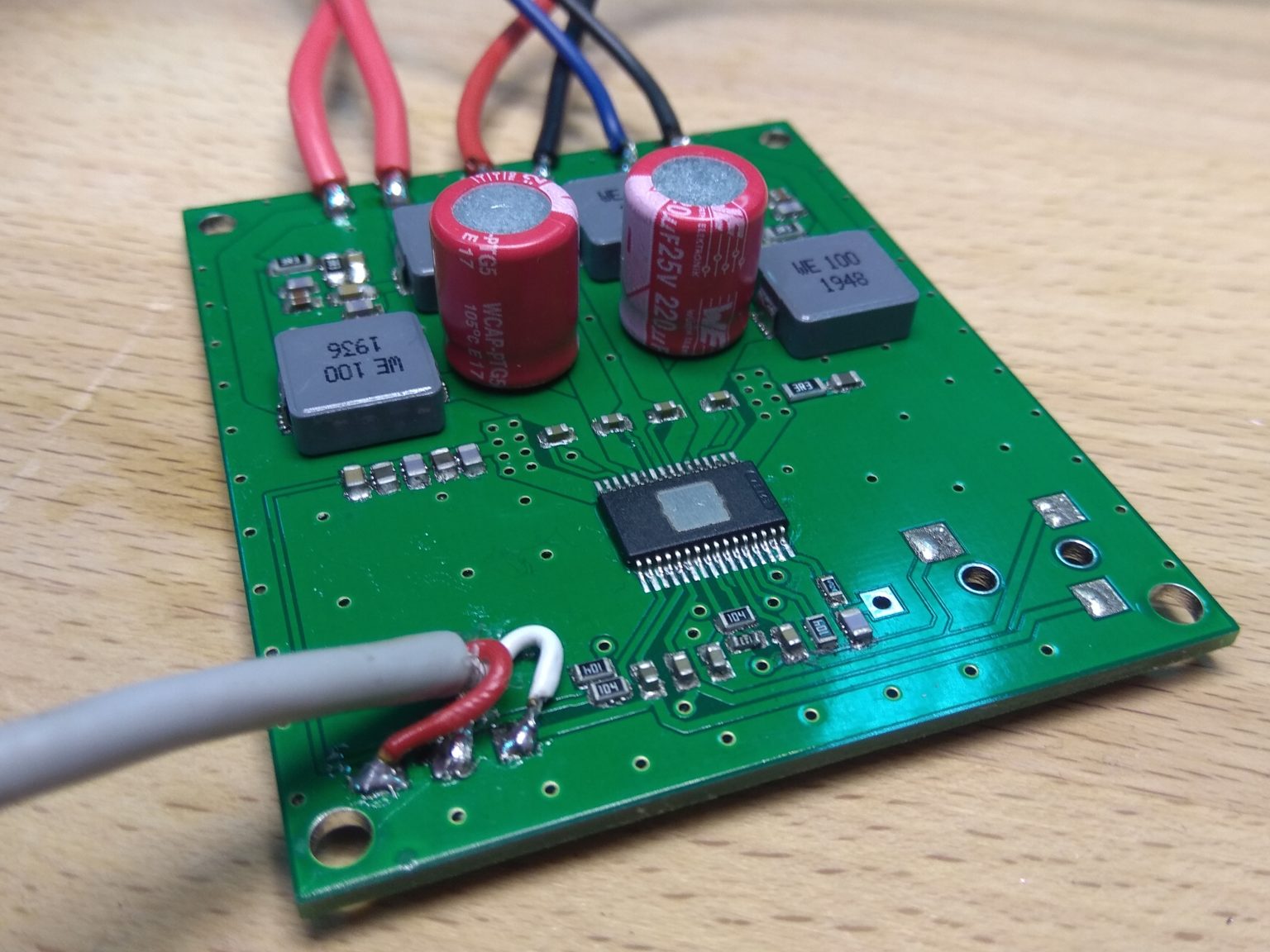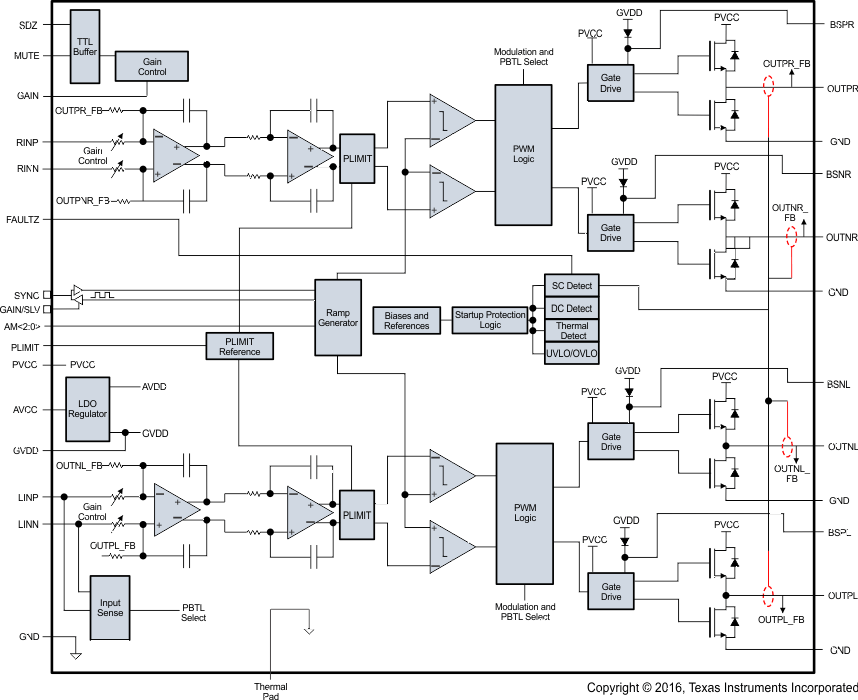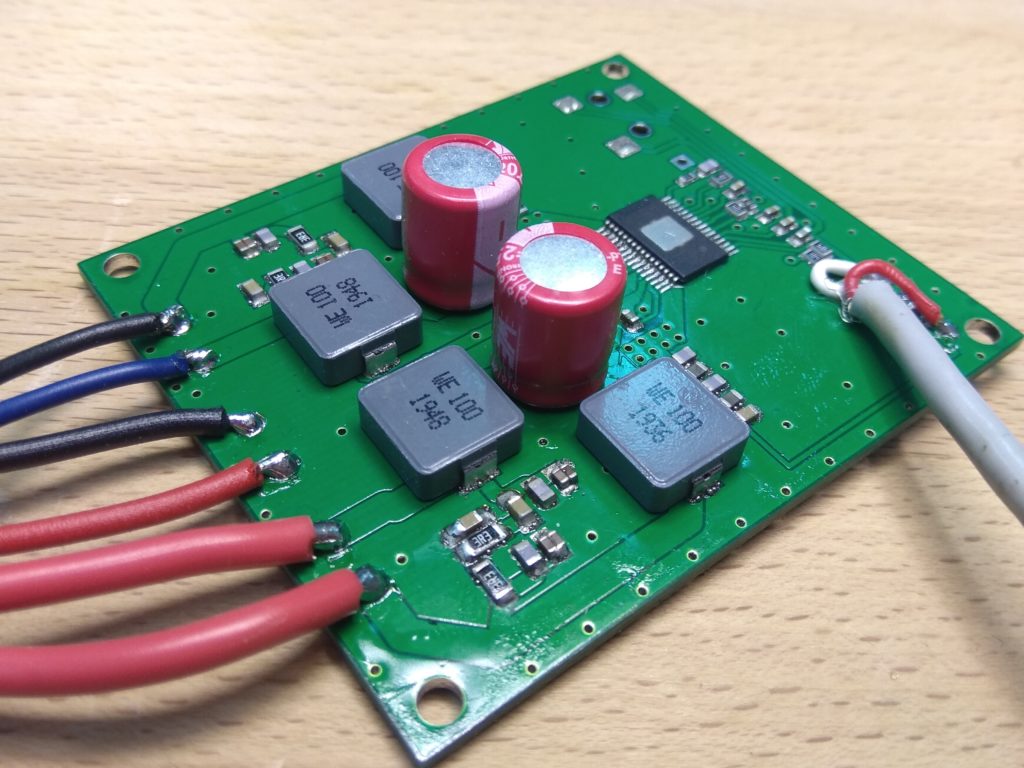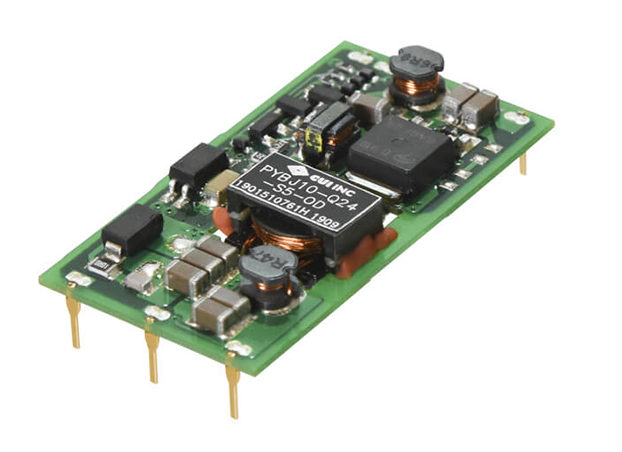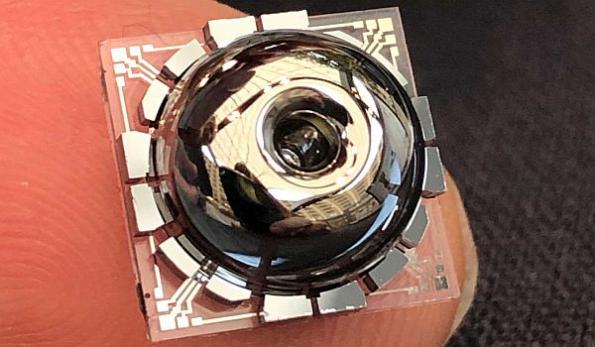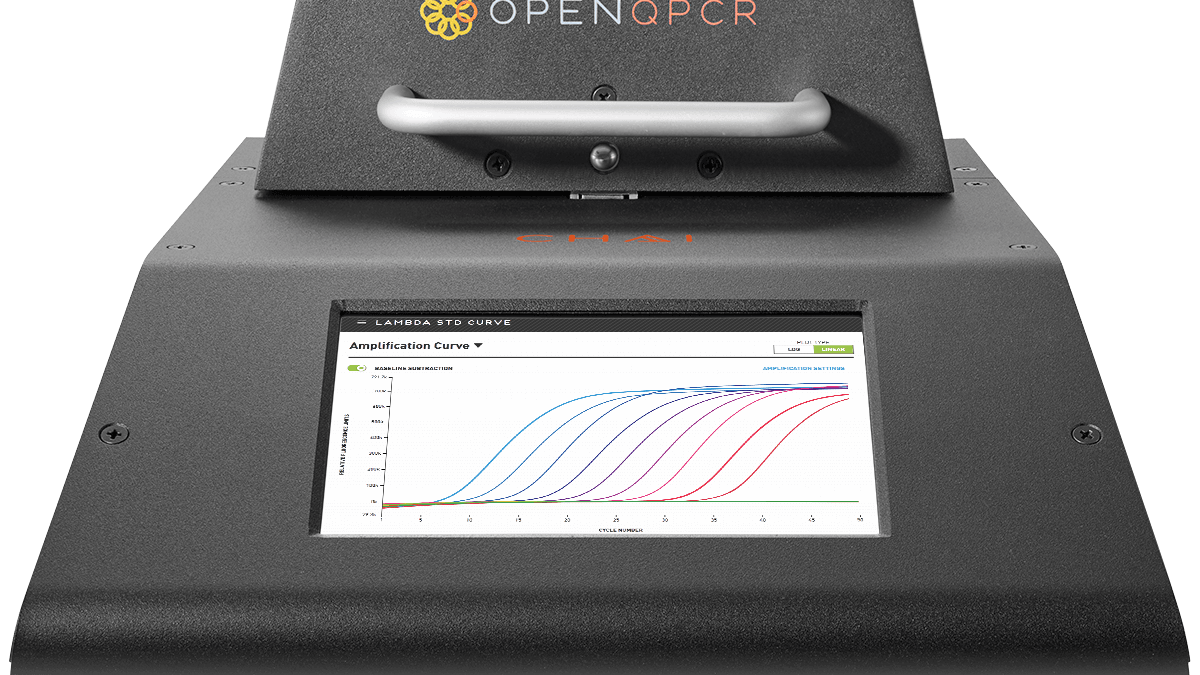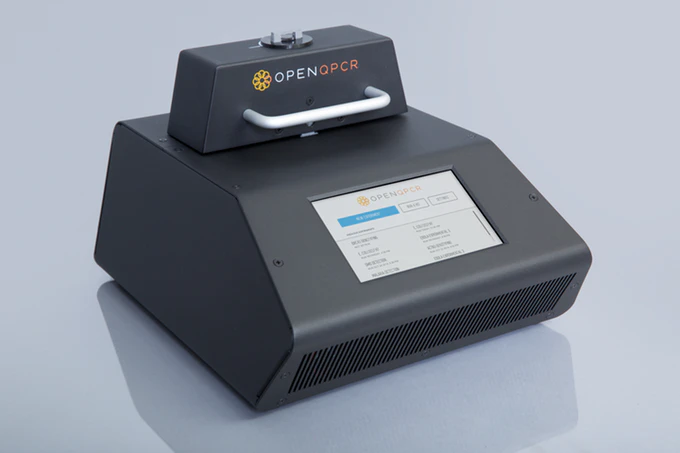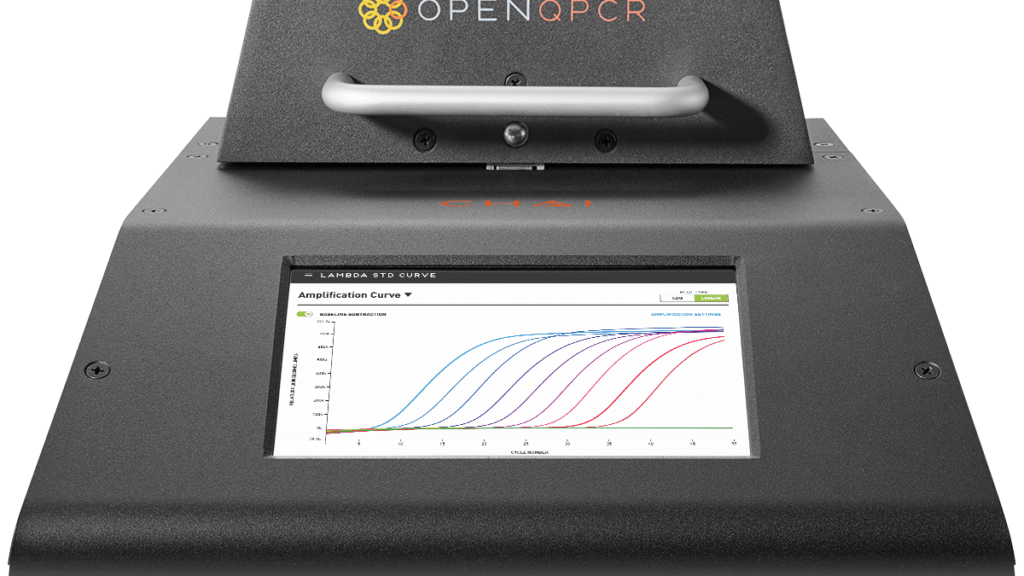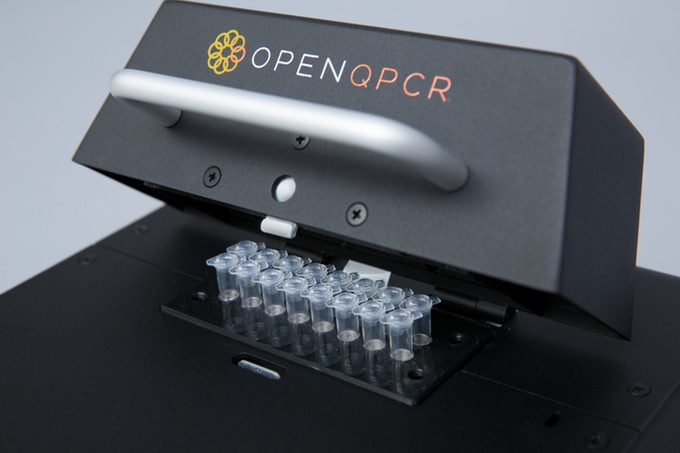NVE Corporation expanded its line of angle sensors with the new ASR012-10E Smart I²C TMR Angle Sensor.
The ASR012 is based on the same TMR sensor element and digital processing core as the ASR002, but with an Inter-Integrated Circuit (I²C) rather than a Serial Peripheral Interface (SPI). The new part also provides a pulse-width modulated (PWM) output.
Both the ASR012 and ASR002 have factory-calibrated Tunneling Magnetoresistance (TMR) sensor elements and digital signal processing.
Key ASR022 and ASR002 features include:
- Factory calibrated
- 0.1 degree resolution
- 0.2 degree repeatability
- Robust 6 to 20 millitesla magnetic field operating range
- Fast 12.5 kilosamples per second sample rate
- Flexible 2.2 to 3.6 volt supply range
- Low 4 milliamp typical supply current
- Wide -40 to +125 degrees Celsius operating range
- Ultraminiature 2.5 by 2.5 by 0.8 millimeter package
Sensors and evaluation kits are available now for immediate delivery. The ASR012-10E sensor is priced at $2.22 each in 1000-piece quantities.
The ASR012 Evaluation Kit (part number AG963-07E) includes a magnet assembly, magnet fixturing, and PC-based user interface software. Kits are priced at $195 each.
For more information, visit: www.nve.com


